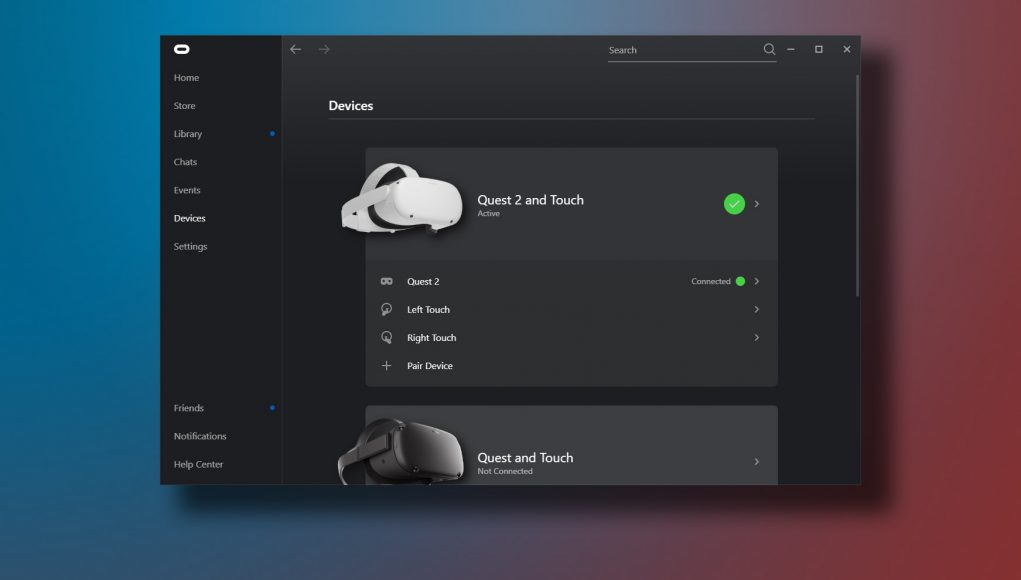Advanced Micro Devices (AMD), the company that develops processors for PCs and graphics cards, acquires Nitero, a wireless communication company, specializing in virtual and augmented reality.
The co-founder and CEO of Nitero, Pat Kelly, he has joined AMD as vice president of the wireless brand for the corporation. Although the move seems surprising, it is not considering that lately AMD has invested a lot in both virtual and augmented reality. Although one thing has been made clear: AMD is not going to manufacture HMD.
Nitero is one of the few companies capable of offering wireless communication systems at 60 GHz. We have already talked about it as one of the best wireless options for future VR or AR helmets. Its system adds only one millisecond of latency; it spends half a watt of power, so it can be integrated into future HMDs, without the need for cooling; it compresses the images without distorting them and, although it is WiGig, it creates a signal beam capable of avoiding occlusions. Another advantage is that it is designed for much higher resolutions than current ones and can include eye tracking data and 3D sound at the same time. To top it off, contrary to the only offer at its height from Immersive Robotics, very expensive, it would be cheaper than using cables.
Companies such as Valve Software, Super Ventures and the Colopl VR Foundation also publicly finance them. With this move, AMD puts itself at the level of other competitors such as Intel and Qualcomm that already had 60 GHz wireless technology divisions for VR. The interesting thing that analysts see is that AMD could integrate its wireless system directly into its graphics cards, both at the hardware and software level, which would greatly increase the power for virtual reality. This could lead to wireless communication for 4K per eye, and even reach 16K, which AMD has already said would bring us photorealistic virtual reality.
Another thing that you get AMD with this movement is a seat at the table of the major decisions about virtual reality, as Nitero is engaged with many companies that want to incorporate wireless communications into their helmets, as a Valve, as soon as in 2018, while in China HTC Vive can now have the wireless solution TPCast.
If Nitero becomes the main manufacturer of wireless communication for HMDs, AMD could say that its technology is integrated into most HMDs on the market, unlike its competitor, Nvidia. It will be interesting to see what happens with AMD and its Vega, Rizen and Nitero in the VR world. AMD believes that to be fully successful, the VR experience needs higher resolution, to be wireless and to be cheap, and that, they say, is their terrain.
Can you imagine that the Nitero emitter only exists integrated into an AMD graphics card? Careful, Nvidia.









